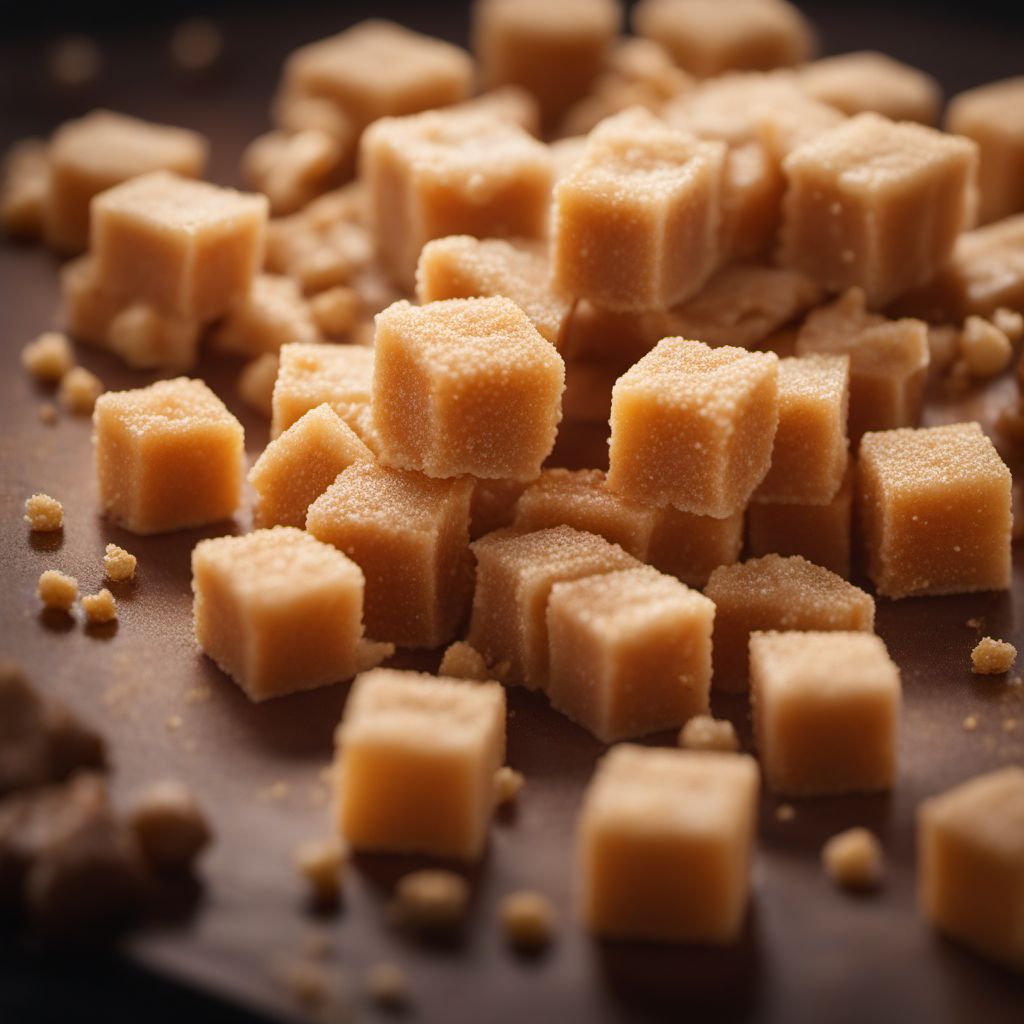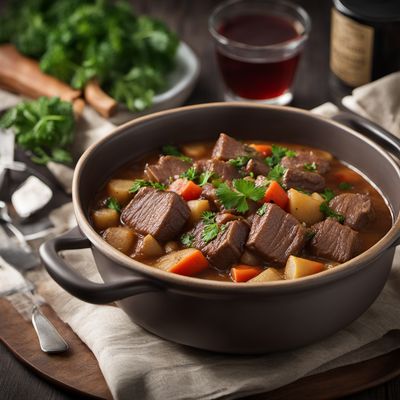
Ingredient
Stock cube or granulate, beef
The Essence of Beef Stock
Beef stock cubes or granules are made by dehydrating beef broth, resulting in a concentrated form that is easily dissolved in liquid. They have a savory, umami flavor with hints of beefiness, enhancing the taste of soups, stews, sauces, and gravies. The granules are small, dry, and crumbly, while the cubes are compact and dissolve slowly when added to hot liquid.
Origins and history
Beef stock has a long history, with roots dating back to ancient civilizations. It has been used in various cuisines around the world, including European, Asian, and American. Beef stock is often associated with hearty dishes and comfort food, and its rich flavor adds depth to many traditional recipes.
Nutritional information
Beef stock cubes or granules are low in calories and fat, but they are high in sodium. They also contain small amounts of protein and minerals like iron and potassium.
Allergens
Beef stock cubes or granules may contain allergens like wheat, soy, or celery, depending on the brand and specific ingredients used. It is important to read the label carefully if you have any allergies or dietary restrictions.
How to select
When selecting beef stock cubes or granules, look for brands that use high-quality ingredients and have a rich, beefy aroma. Opt for low-sodium options if you are watching your salt intake. Check the expiration date to ensure freshness.
Storage recommendations
Store beef stock cubes or granules in a cool, dry place, away from direct sunlight and moisture. Once opened, keep them tightly sealed to prevent moisture absorption. Follow the manufacturer's instructions for specific storage recommendations.
How to produce
Beef stock cubes or granules are typically produced by commercial manufacturers using specialized equipment and processes. It requires dehydrating beef broth and forming it into cubes or granules. This process is best left to professionals.
Preparation tips
To prepare beef stock, dissolve a cube or granules in hot water according to the package instructions. It can be used as a base for soups, stews, sauces, and gravies, or to add flavor to rice, pasta, and other dishes. For a richer flavor, simmer the stock with additional ingredients like vegetables, herbs, or bones. Use it judiciously, as it can be quite salty.
Culinary uses
Beef stock cubes or granules are commonly used in a variety of dishes, including beef stew, French onion soup, gravy, and risotto. They are also a convenient option for adding flavor to vegetarian or vegan dishes that require a meaty taste.
Availability
Beef stock cubes or granules are widely available in grocery stores, supermarkets, and online retailers. They can be found in the soup or broth section of the store, usually near other stock varieties.
More ingredients from this category
Recipes using Stock cube or granulate, beef » Browse all

Sinjski Arambaši - Croatian Stuffed Beef Rolls
Savory Delight: Croatian Stuffed Beef Rolls with a Twist

Argentinian-style Paella
Tango-inspired Paella: A Taste of Argentina

Cantonese Beef Chow Fun
Wok-Tossed Beef and Wide Rice Noodles: A Cantonese Delight

Guiso Popó with a Twist
Savory Uruguayan Stew with a Flavorful Twist

Metemgee - Guyanese Coconut Milk Stew
Tropical Delight: Guyanese Coconut Milk Stew

Beef Bourguignon
Haute Beef Bourguignon: A Sophisticated Twist on a Classic French Dish

Scottish Beef Stovies
Hearty Scottish Beef Stovies: A Comforting Delight from the Highlands

Baden-style Vinegar Beef
Tender Beef in Tangy Baden Vinegar Sauce

Mariana Islands Beef Noodle Soup
Tropical Beef Noodle Delight

Cuban-style Beef Bourguignon
Havana Beef Stew: A Cuban Twist on Beef Bourguignon

Lombard Caldaro
Savory Lombard Beef Stew

Khoresh Lubia Sabz with Persian Flavors
Persian Green Bean Stew: A Burst of Flavors from Iran